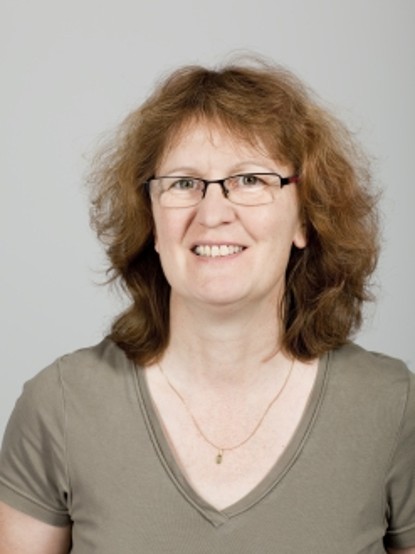Modelling nanoscale effects in drop impact and spreading
Guest talk by James Sprittles (University of Warwick)
2018/12/07
On 7 December 2018 James Sprittles (University of Warwick) will hold a guest talk entitled “Modelling nanoscale effects in drop impact and spreading”.
Abstract:
Understanding the outcome of a collision between liquid drops (merge or bounce?) as well their impact and spreading over solid surfaces (splash or spread?) is key for a host of processes ranging from 3d printing to cloud formation. Accurate experimental observation of these phenomena is complex due to the small spatio-temporal scales or interest and, consequently, mathematical modelling and computational simulation become key tools with which to probe such flows.
Experiments show that the gas surrounding the drops can have a key role in the dynamics of impact and wetting, despite the small gas-to-liquid density and viscosity ratios. This is due to the formation of gas nanofilms which exert their influence on drops through strong lubrication forces. In his talk, professor Sprittles will describe how these nanofilms cannot be described by the Navier-Stokes equations and instead require the development of a model based on the kinetic theory of gases. Furthermore, it will be seen that van der Waals forces are required for these films to be punctured. Simulation results obtained using the developed model will then be discussed, compared to experimental data and used to make new experimentally-verifiable predictions.
James Sprittles is Associate Professor in the Mathematics Institute at the University of Warwick.
Subsequent CRC talk:
The rise of a liquid in a capillary
Dirk Gründing (project B02)
The first models for the rise of a liquid in a capillary have been provided by Lucas and Washburn in 1918 and 1921. Unfortunately, continuum mechanical models show a stress and pressure singularity at the contact line if a no slip/no penetration boundary condition is used on the capillary walls. Hence, they predict non-physical results close to the contact line. It was this setup for which it was shown that a Navier slip boundary condition can reduce the severity of the singularity at the contact line. It is geometrically rather simple and analytic solutions for simplified models are available. Hence it is an excellent test case for numerical codes.
Dirk Gründing will present results from a comparison of all four numerical approaches available within our CRC for the rise of a liquid between two plates. This will clearly show whether it is acceptable to use no slip/no penetration boundary condition at the contact line. Contrasting this approach with applying Navier slip boundary conditions illustrates the reason for using a slip boundary condition.
Date and time:
7 December 2018, 11:00-12:30 hrs
Venue:
L2|06 Room 100

